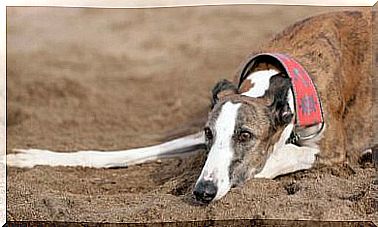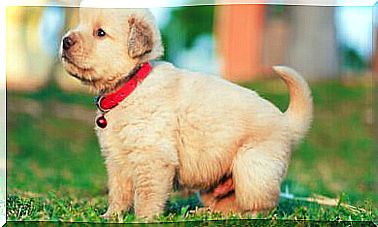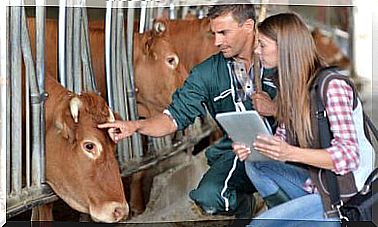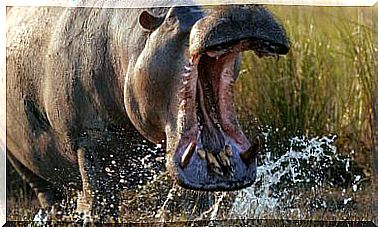All About Independent Pets
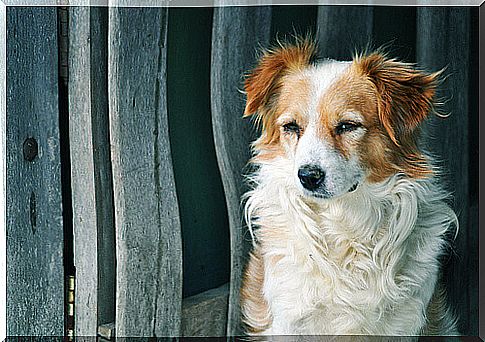
We often talk a lot about the affection, intelligence and qualities of pets. But usually we focus on the behavior of the most popular ones, namely cats and dogs. Alongside them, however, there are many other living beings that populate our homes. Some of them are more sensitive to the love of their masters: still others are really very independent.
All species exhibit different behaviors, so it is logical to think that there are specimens that, due to their personality and temperament, feel at ease even without the presence of their legitimate owners.
In this article we will try to understand if there are independent pets and, if so, how they behave and how to recognize them. That way, the next time you go on vacation or leave the house, you will feel a little less guilty.
Domestication against independence
The story of the domestication of animals is precisely a story of addiction. In fact, biology researchers believe that today’s dogs are the evolution of wolves. In short, ancestors of the first who approached human settlements in search of food.
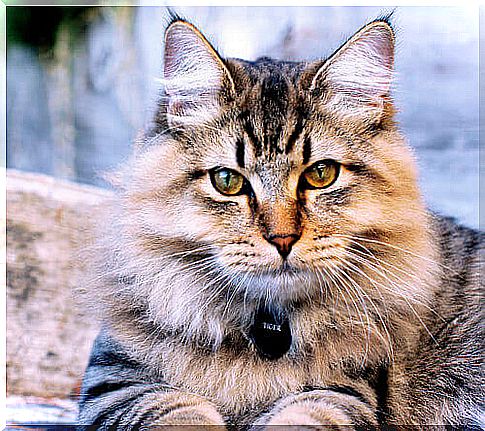
Thus, the more tame an animal is, the more difficult it will be for him to solve most of his problems on his own. This happens, even more evidently, with animals released into the wild after long years of living in captivity, for example in zoos or circuses.
Here then is that the discourse on independent pets takes on a less negative value. That is, there are species that are more impervious to domestication but which, in situations of emergency or danger, can make use of skills that increase their chances of survival.
Who is more independent: the dog or the cat?
Obviously, it is good to compare the level of independence of the two domestic species par excellence. And, truth be told, there are many reasons why the cat is the clear favorite of this question.
Cats are loners by nature and used to experiencing first-hand experiences, without having to interact with their owners. All of this is possible thanks to their instincts and the potential of their particular physical abilities.
On the contrary, dogs seem to be designed to always live in contact with humans. From them derive the obtaining of food, protection and emotional stability. A dog without its owner will have trouble eating, and most importantly, it will be a sad dog.
Dogs cannot be without owners for too long
Loneliness for long periods of time has been proven to have a decidedly negative impact on man’s best friend. Specialists even speak of separation anxiety and it is believed that 8 hours is the time limit for those who have to leave their four-legged friend alone at home.
The effects of stress on dogs are increased motor activity, excessive barking and crying. Added to this is the predisposition to defecate and urinate in non-recurring or prohibited spaces within the scope of one’s discipline.
All of these anxiety symptoms are evident when you leave your pet alone. The reactions will depend on variables such as the age of the dog, its breed, behavioral aspects, amount of exercise and type of education. But, in essence, these are by no means independent animals.
The cat, definitely an independent animal
Unlike dogs, cats respond better to loneliness and, indeed, when they are alone at home they are just fine. Their interactions with humans can be very complex and tight, but they are not animals that depend on their owners to feel safe.
Probably, if you leave your pet cat alone for a few days, you will find its food container and litter box intact and unmodified. In addition, it is certainly superfluous to remind you that they clean themselves and that they are perfectly capable of managing their diet.
Other independent pets
It seems that animals that do not have the ability to cope with complex socialization processes are those capable of demonstrating a more independent behavior. This is the case of reptiles such as the turtle and the green iguana, whose interaction with humans is not very intense, distant and unconscious.
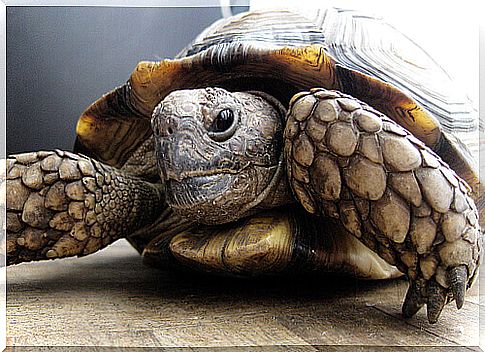
Other pets simply cannot live without us, beyond their ability and degree of socialization. For example, rabbits and fish require their owners to be fed continuously. Among other things, why these have been removed from their natural ecosystems to be introduced into cages and aquariums, respectively.
In short, the environment in which an animal grows and lives is also a predominant factor in measuring its self-sufficiency.
Independent pets: looking for a balance
This does not mean that all is lost. In fact, if you have a dog, there are training methods that will allow you to make them less dependent on you. Similarly, when it comes to independence, on the part of cats, this does not mean that they are cold animals or that they do not want to know anything about their owner, quite the contrary. Let’s say that these two domestic mammals live the relationship with man in a different way, but neither of them is to be considered better or worse.
What we need to understand is that when an animal is tamed, its level of submission derives from the type of teaching that is given to it. If he accepts a deeper and more vital bond or if he has been forced to leave his natural habitat , in both cases, domestication implies a certain degree of dependence.
Source of the main image: Gabriel Vasquez

